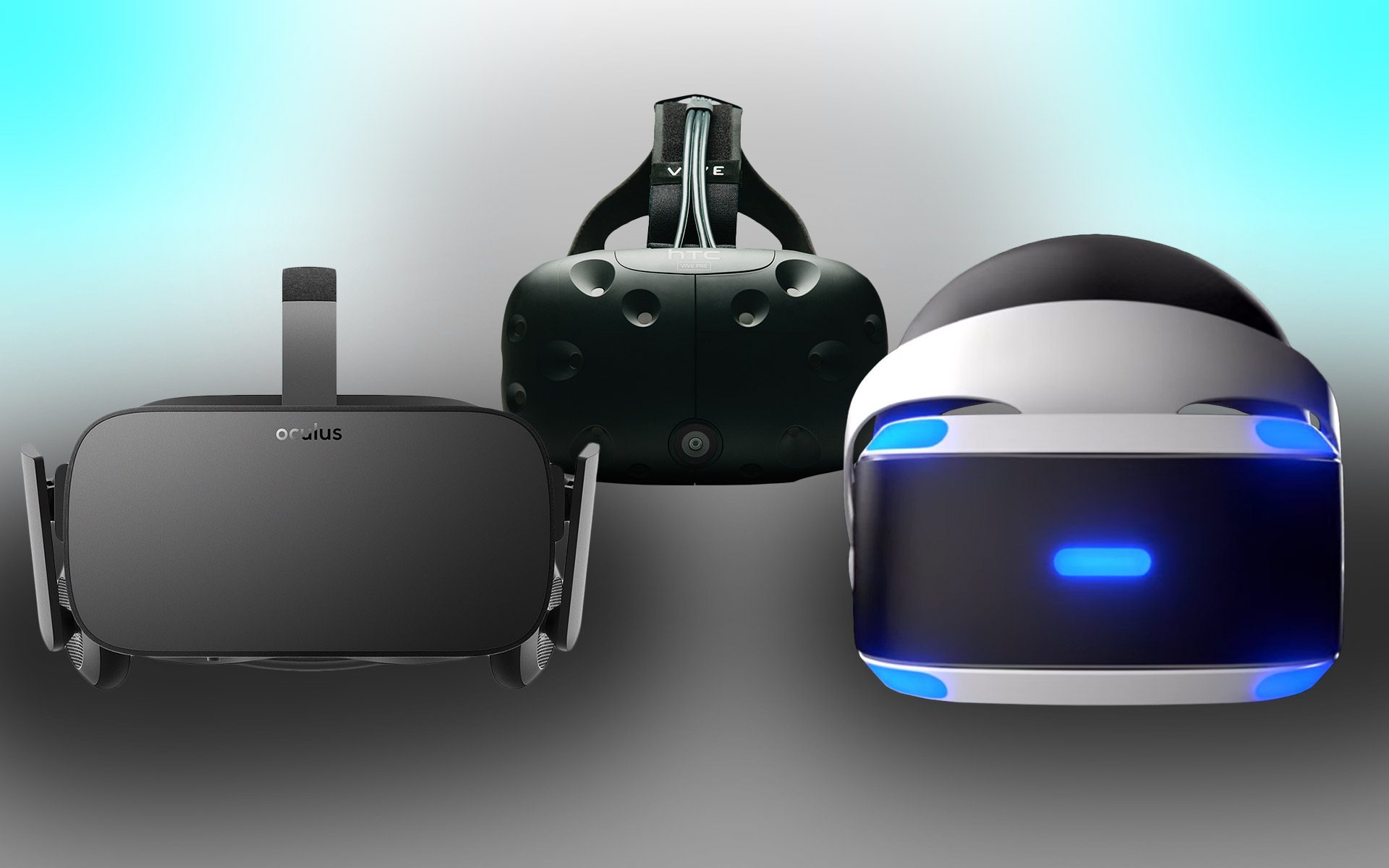VR is becoming more and more popular every day, anyone gets to see the gadget that works with technological devices with so much emphasis on it. However, when it was first introduced to the public in 2016, its revenues didn’t exceed $2 Billion with around 6.3 million devices sold.
Despite the fact that some startups that work on VR are somehow struggling, based on these companies reports, the technology is still attracting new funds on a regular basis. Here we provide you with a list of examples that shed a light the field of VR.
This start-up based in Silicon Valley is intending to eliminate the usage of a green screen. They work by capturing all the different possible points and angles of light in order to create a VR via the headset, that was not introduced by Lyto. Lyto was solving the problem of using the highly technical and complicated cameras that were very expensive. Unfortunately, Lyto was sold afterward to google by mid-2018 due to its constant struggle for a price valuation between 25 to 40 Million USD.
It is the only Chinese company that owns a VR ecosystem, headsets, controllers and tracking systems. It was founded in 2015 and has managed to raise $10 Million funds up to the date. The company came up with 3 different VR sets models with much more real life-like experience than the already existing brands... and at much lower prices.
It is an American application that raised $14 million in funds. It is gaining popularity against its direct and indirect competitors with being the most used non-gaming VR application. It can be downloaded on any VR set and allows the user to watch movies, play games, and it can also be used for business meetings just through the VR unit.
One of the giants: a Silicon Valley start-up that got a $36 Million in funding from very prestigious companies like Samsung and Sony and it turned into a franchise. It is categorized as eSport since it allows the user to be an actual physical part of competitive video games. The developers have revolutionized the industry by interactively engaging the users through a coin-based system, which they used for other aspects of the app.
Founded in 2015 in California, their slogan illustrates exactly what they want to offer: a very vivid experience that really mimics real life. The users can go through real neighborhoods using the displayed technology.
This is a start-up that has taken $10.5 million from HTC just to serve the VR companies. Being a complement to the VR companies does not by any mean make it of a less importance. It basically develops a very advanced advertising platform for VR products. It created very high-tech, and more memorable ads that go well with the nature of the products and the experiences offered. It actually managed to have some big names in its portfolio.
American, San Francisco based, Fyusion was founded in 2013. They succeeded in having $38.34 Million as funding. They have widely used in AR or VR database of images for the real world, allowing users to make use of the camera, by moving it around the item, a person or product, to consequently creating 3D images. Nowadays, they own around 50 patents.
An American, Los Angeles based, it raised $10 million and has been trying to tackle a missing spot in the market that is not allowing VR to grow in the consumer market: the lack of content that is compelling. It basically aids the VR world innovators, like the filmmakers. They also manage to close deals with big names like Apple and Nike.
One of the biggest startups in the field, they managed to raise more than $94 Million from very strong sources like J.P Morgan Asset Management and others. Its strength lies within its simplicity in usage and implementation. The user basically needs to put his hands on the VR set of a computer screen and then, voilà! The user can use his hands in the virtual world just exactly as he does in the real world.
See? the VR world is getting more and more advanced with promises of much more to offer, an actual technological breakthrough getting to change the world. The advancements in the field are limitless. It is expected to have VR worlds that would be very hard to separate from the real world in the amount of vivacity it would offer.
Get to find out more about these products and post a review with us!
The Virtual Techy
References:

Comments
Post a Comment